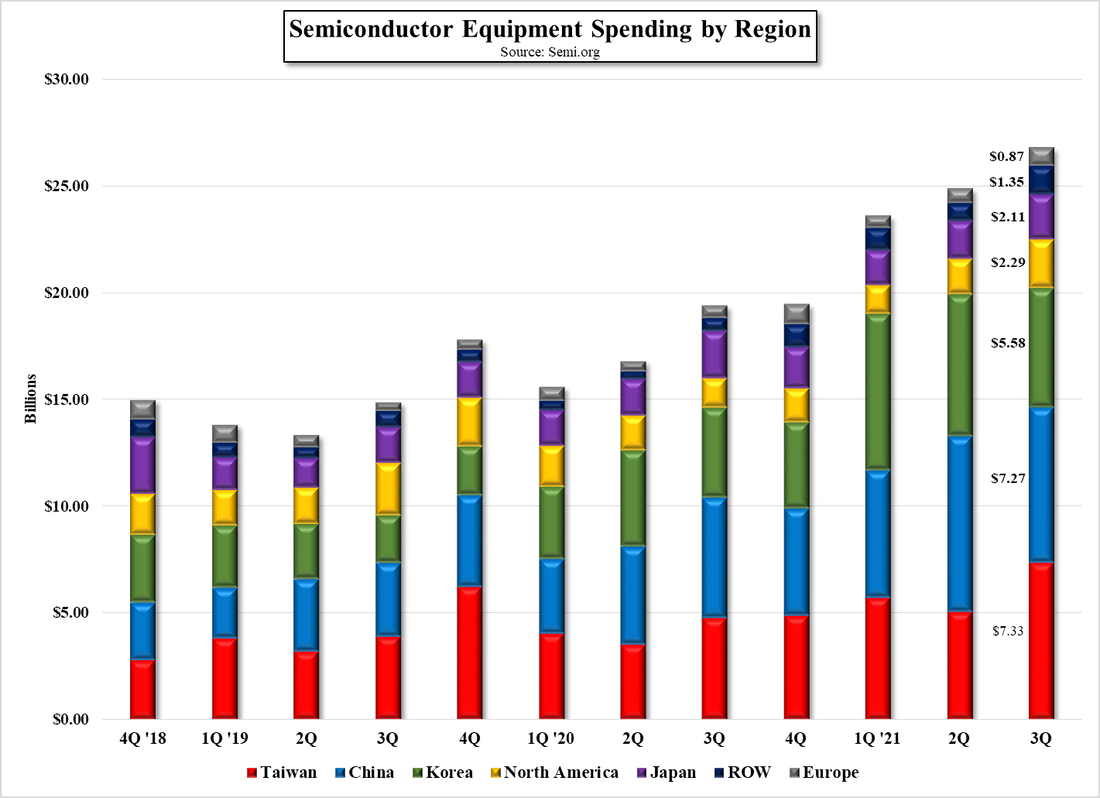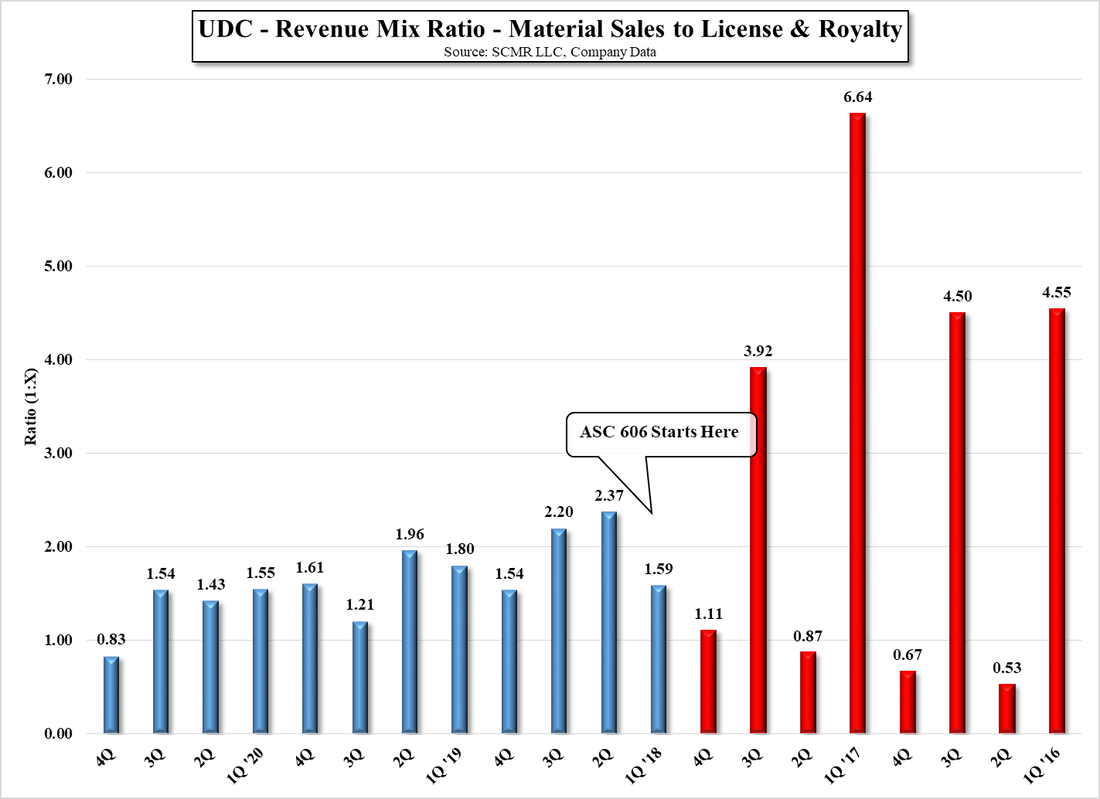Apple Event & IP
The iPhone SE, was an inexpensive and small version of an iPhone that was last released in April of 2020 that sold for $399. The 2020 SE was based on the design of the iPhone 8, which was released in September 2017, so even the current version (2nd Gen.) is due for an upgrade. The SE is a popular device and is among the 18 iPhones that encompass 99.5% of iPhone traffic across the internet, with the iPhone 7 (released 9/16/16) still generating the most traffic out of all iPhones currently available. We believe the SE sold ~8.7m units in 2020 and likely less last year so a new version should stimulate sales and help Apple compete in the $300 - $500 low-end phone arena that is dominated by Chinese brands, particularly in India where the iPhone SE still sells but is looking a bit old in comparison to some of the more recent Chinese brand models from Xiaomi (1810.HK), One Plus (pvt), and Vivo (pvt).
While we are on the subject, Apple filed a patent application this week that takes the laptop to another level and could one day represent a version of what is now a laptop device. In this potential application, the basis for the device is a keyboard, however inside the keyboard are a number of ‘compartments’ that contain everything from an I/O port (224) and components, a processor (236), memory (238), and a variety of other, smaller components that reside in additional cavities under the keyboard (234). The unit is powered through the ‘all-in-one’ I/O port and can be connected to a display device through the same port, so by detaching the I/O connector one could take their entire computer from home to work just by taking the keyboard.
The idea is really taken from the relatively early days of personal computers, as the Commodore (defunct) 64 introduced in early 1982 and the Amiga (Commodore) 500, were both self-contained ‘keyboard computers’ that were mildly successful but were never able to compete against more powerful static business computers or the laptops that eventually replaced them. Given that an iPhone 13 Pro is 4.78 cubic inches with much of that the display, fitting all the components needed for a relatively powerful computer inside a keyboard such as indicated below, seems a task that could easily be completed. Of course, the ancillary monitor (home and work) would be hard-wired (or not) and power would have to be supplied in both use cases, but a single port would make that relatively simple and a wireless monitor would simplify that connection even further, so transporting the keyboard and a power adapter would be all that is needed to become fully portable.
Of course, this is just a patent and may never be developed into a product from Apple, but it does represent an alternative to ‘virtual’ keyboards on tablets or the need to carry a keyboard along with a tablet if you are used to a ‘physical’ device. Pricing would have to be somewhere between a tablet and a laptop, probably in the $500 range, and of course the design would have to be a selling point, but anything that makes it easy for a hybrid worker to haul their computer from work to home and back could have merit as a product.























 RSS Feed
RSS Feed